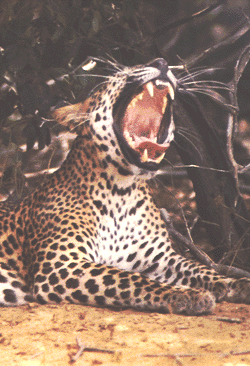 |
Of the four species of wild cats found in Sri Lanka, the leopard is the largest. No information exists for all the species
of cats in regard to their population, distribution and status. There is also small scale
poaching of all the species of cats for their skins, teeth and meat. |
| The sloth bear is
the only species of bear found in Sri Lanka, further research is needed to find out more
about its ecology, distribution and status. |
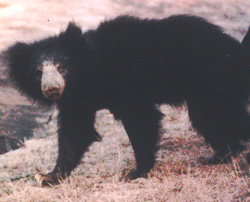 |
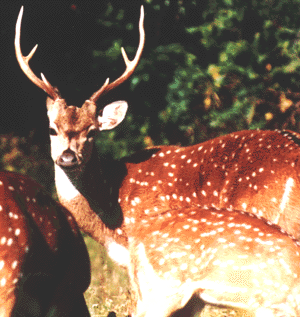 |
Of the five species of deer found in Sri Lanka, the spotted deer and its cousin, the sambar, have the largest
distribution. Though there are still large populations of spotted deer in some areas, all
five species of deer are relentlessly poached for venison. Studies to ascertain their
ecology, distribution and status are urgently needed. |
| Sri Lanka has more than 400 species of birds consisting of residents, visitors and migrants. Of this 26
species are endemic to the island. Large and small scale clearing of jungles and forests,
causes local extinctions of the more specialized species, and threatens the survival of
others. It is imperative to establish regional and urban wildlife sanctuaries for their
long term survival. |
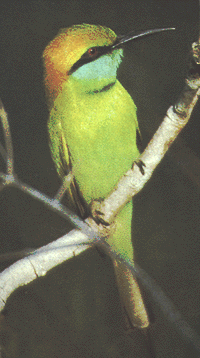 |
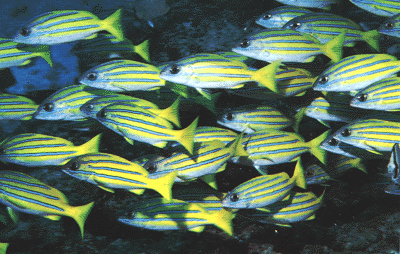 |
The inland waters of Sri Lanka have more than 60 species of
fresh water fish of which over 24 species are only found in
Sri Lanka. Closer to a 1,000 species of fish are found in the coastal waters surrounding
the island. Domestic and industrial affluents and pollutants discharged into rivers and
other waterways are a threat to the survival of these fresh water and coastal fishes, and
other marine ecosystems such as coral reefs. |
| The territorial waters of the Indian Ocean is
also home to a rich and varied marine life. Five species of
sea turtles and 25 species of whales and dolphins inhabit these coastal waters. |
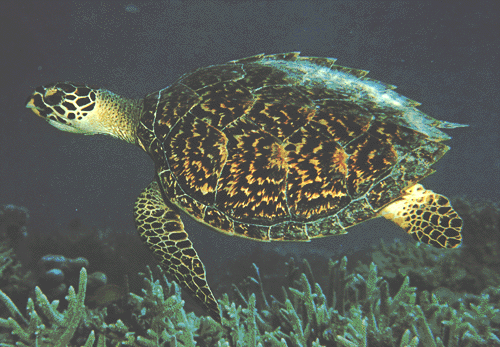
|

|
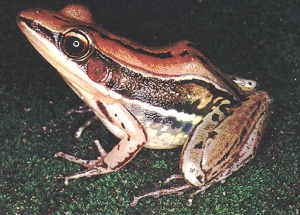
|
Present research has found over 250 species of frogs in Sri Lanka, a density of 3.7 species per square kilometer. This is well ahead of the former record of Costa Rica's 2.8 species per square kilometer |
| The cobra is one of the most
well known snakes of the over 90 species of snakes found in Sri Lanka. There are also many
species of lizards, two species of crocodiles and monitors, two species of aquatic turtles
and one species of tortoise found in the island. |
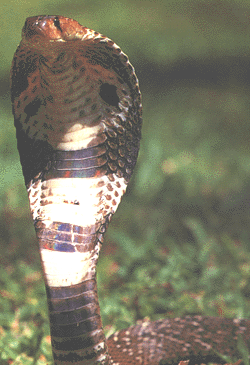 |
 |
Of the diverse and amazing array of invertebrates
found in Sri Lanka, there are over 240 species of butterflies,
of which 14 species are endemic. |
| Sri Lanka also has a wealth of plant
life of which a majority are endemic to the island. Many species of colorful and
rare orchids, ferns, ayurvedic herbs and plants, large trees, bromeliads and epiphytes
creates colorful, exotic and rich habitats for other animal life, and a salubrious
environment for humans. |
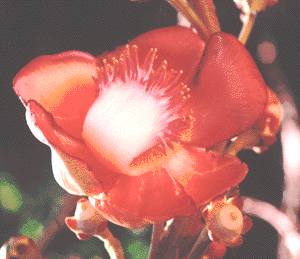
|










